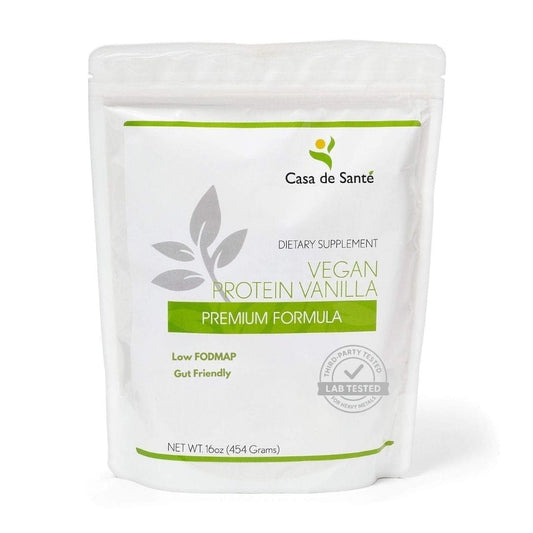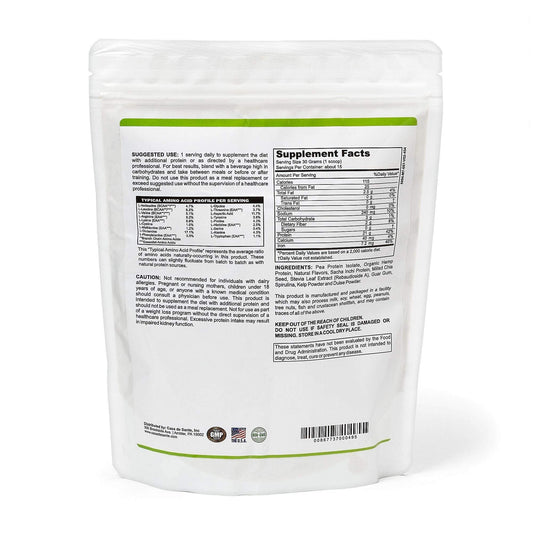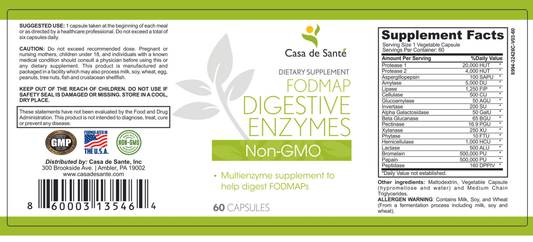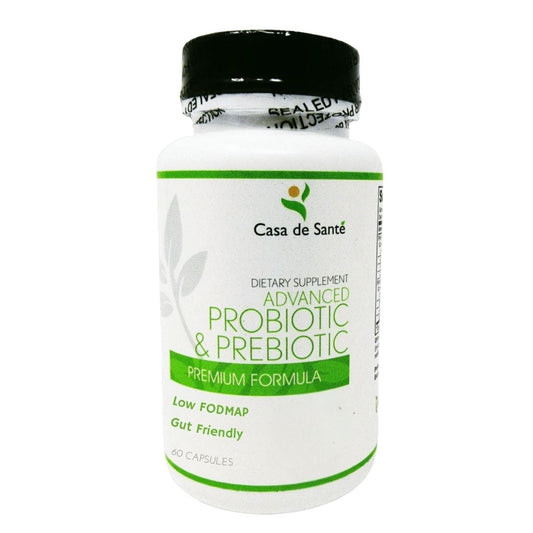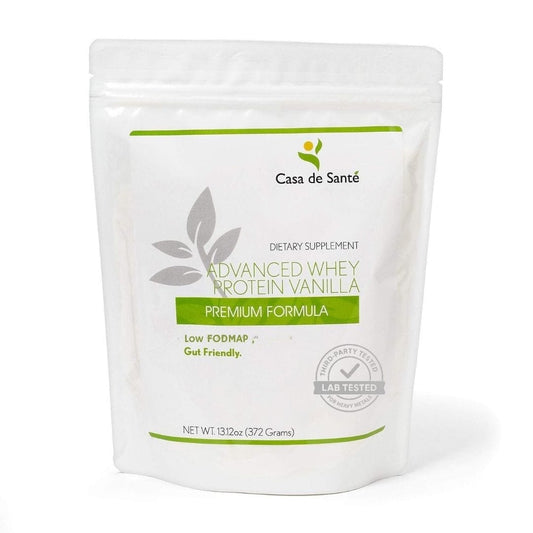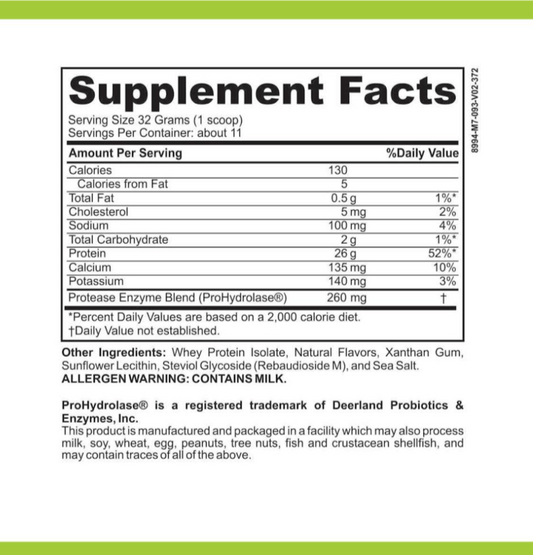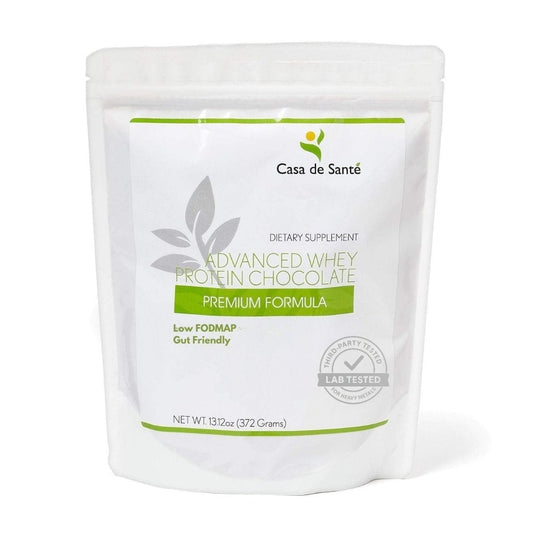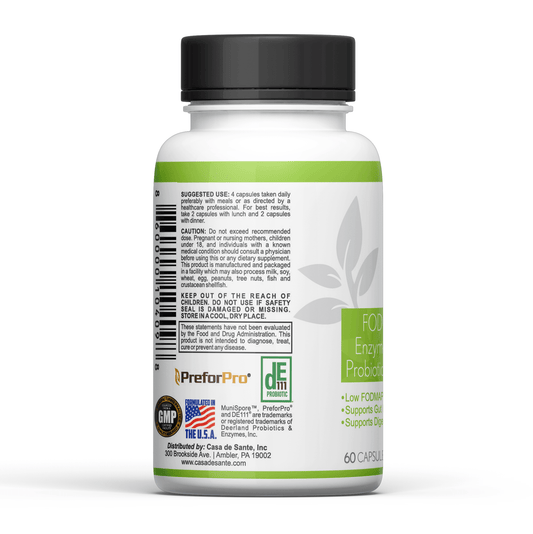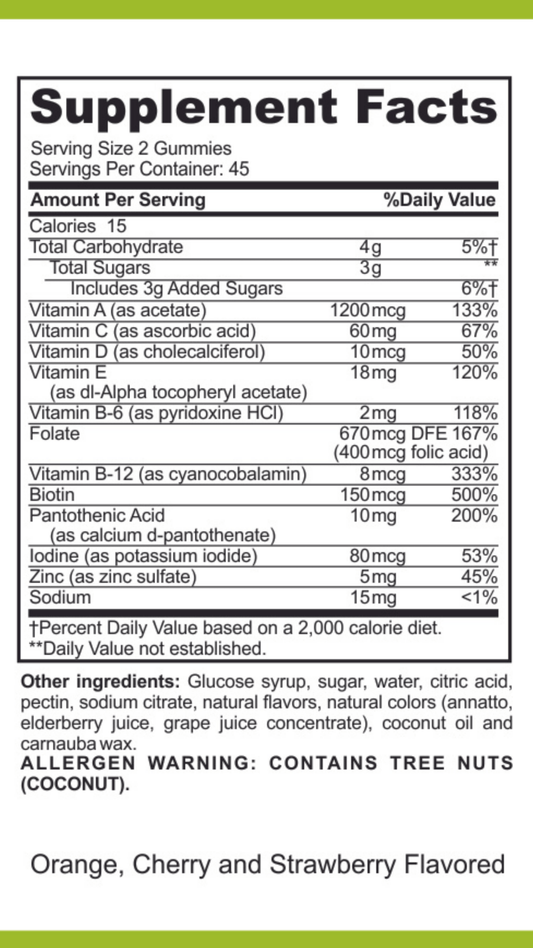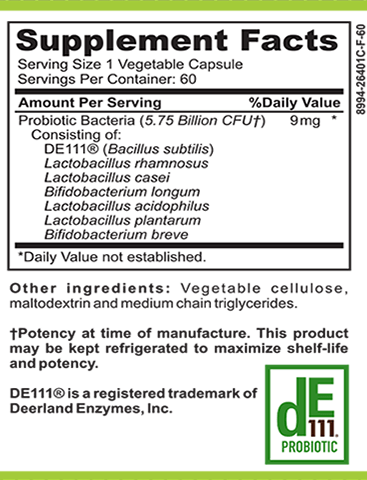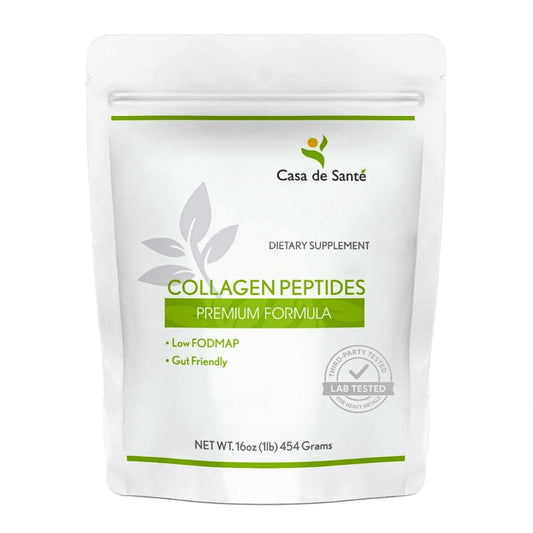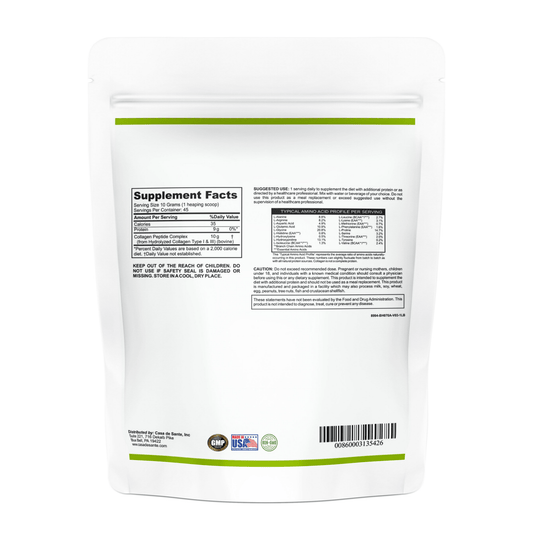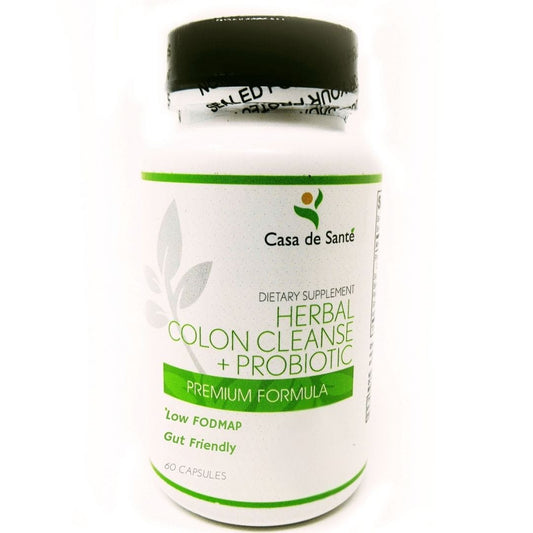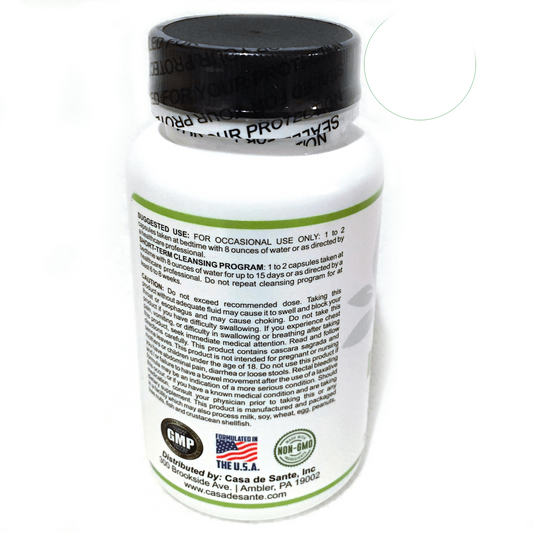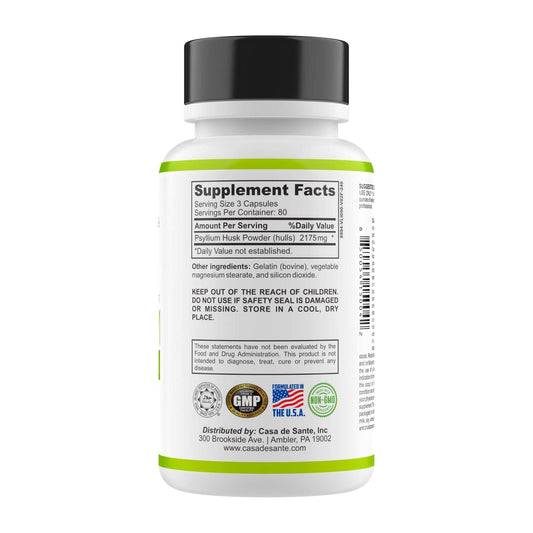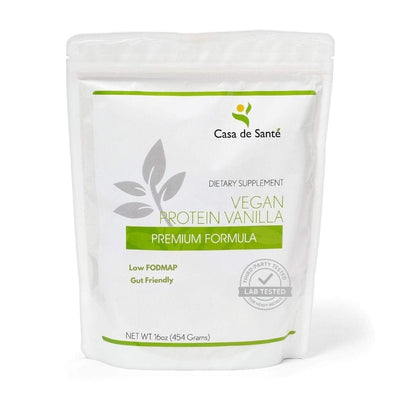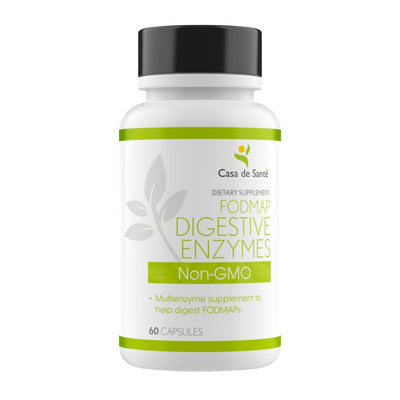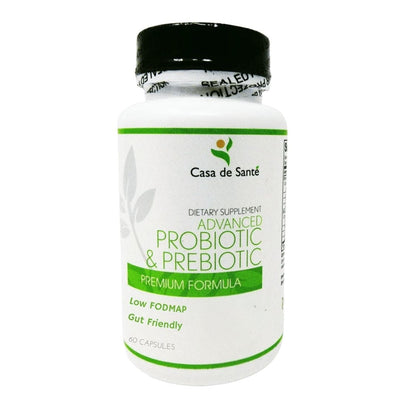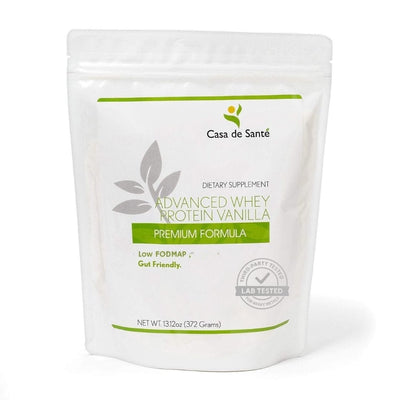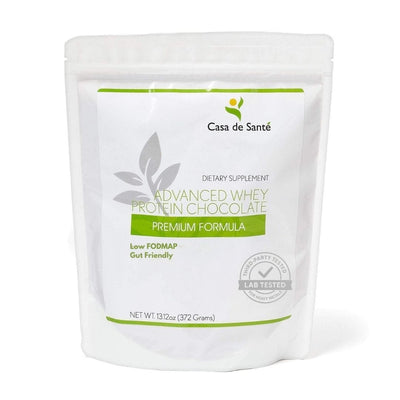Microneedling at Home: Benefits, Safety Tips, Devices, and Real Results for Glowing Skin
I’ve always been curious about ways to boost my skin’s glow without spending hours at a clinic. That’s why microneedling at home caught my attention. This simple technique promises smoother skin and a fresh look using just a small device and a bit of patience.
Trying out microneedling in the comfort of my own bathroom seemed both exciting and a little intimidating. I wanted to understand how it works, what results I could expect, and how to keep my skin safe throughout the process. If you’re also thinking about giving your skin a boost without booking an appointment, you’re in the right place.
What Is Microneedling at Home?
Microneedling at home uses a handheld device with fine needles to create micro-channels in my skin. These channels stimulate skin repair processes such as collagen and elastin production. Device needle lengths for home use usually range from 0.2 mm to 0.5 mm—shorter than devices used by professionals. Short needles make at-home treatments less invasive and reduce the risk of side effects compared to clinical options.
Each session typically lasts 5 to 10 minutes. I use gentle pressure and roll the device in different directions across my face, avoiding the eye and mouth areas. Most users repeat the procedure once every 2 to 4 weeks. Results such as smoother texture and improved glow often become visible after a few consistent sessions, provided I use supporting serums like a 15% vitamin C serum or a hyaluronic acid gel.
Evidence from clinical studies reported in the Journal of Clinical and Aesthetic Dermatology shows that even shallow microneedling boosts topical product absorption and enhances surface skin quality. I sanitize my device before each use and apply post-treatment hydration formulas, like a ceramide-rich moisturizer, for optimal recovery and minimal irritation.
How Does At-Home Microneedling Work?
At-home microneedling uses a handheld roller or pen device with fine stainless steel needles to create controlled micro-injuries on the skin's surface. I glide the device across clean, dry skin, making even passes over targeted areas such as the forehead, cheeks, and chin. Each needle creates micro-channels that prompt the skin to initiate a natural repair response.
Collagen and elastin production begins in response to these tiny punctures. Peer-reviewed research shows that this remodeling process visibly improves skin texture and firmness after several applications, particularly when using needle lengths of 0.2 mm or 0.5 mm (Sharma et al., 2021, J. Cosmet. Dermatol).
Enhanced topical absorption occurs during the immediate post-treatment window. I apply a water-based serum rich in actives like hyaluronic acid, peptides, or 15% vitamin C, as micro-channels let ingredients penetrate more effectively.
Every session takes approximately 10 minutes. To avoid irritation or overexfoliation, I repeat treatments every 2 to 4 weeks. Immediate warming or redness is common, which usually subsides within a few hours if I follow protocols for device disinfection, gentle handling, and post-care hydration.
A short contact time, shallow needle depth, and consistent technique reduce the risk of adverse effects compared to deeper professional treatments. I always sanitize the device with at least 70% isopropyl alcohol and never share it to minimize infection risks.
Benefits of Microneedling at Home
Greater convenience defines microneedling at home since I can perform treatments on my own schedule without waiting for clinic appointments or spending time commuting. Studies from the Journal of Clinical and Aesthetic Dermatology confirm that consistent home sessions improve mild acne scarring and increase overall glow within a month when done correctly with safe needle lengths.
Lower cost makes at-home microneedling accessible compared to professional procedures, which average $200–$700 per session according to American Society for Dermatologic Surgery price data. My investment centers on a reusable handheld device and regular replacement for optimal hygiene.
Customizable frequency lets me adapt the treatment interval based on my response and skin type, usually every two to four weeks. Controlled intervals help prevent over-treatment and irritation while supporting continuous collagen stimulation, as detailed in evidence from the International Journal of Dermatology.
Enhanced absorption of topical ingredients occurs immediately after microneedling, when the micro-channels boost uptake of active molecules like hyaluronic acid, peptides, or 15% vitamin C serum. I notice improved hydration and brightness as a direct result. Peer-reviewed research validates this synergistic effect, showing up to twofold higher absorption rates for actives applied post-treatment.
Noticeable results appear over a short timeline, with smoother texture and subtle radiance usually apparent after two to three sessions. Consistent application—especially with antioxidant serums—supports visible improvements and helps fade post-inflammatory marks.
Minimized downtime characterizes home microneedling, with post-procedure redness subsiding within a day for most. Following clinical guidance on device cleaning, needle depth, and post-care products maintains skin integrity and supports safe practice in my routine.
Potential Risks and Safety Precautions
I find that microneedling at home carries several possible risks when specific guidelines aren't followed. Infection ranks as the most critical concern, with studies showing that improper device sterilization increases bacterial contamination rates significantly (source: Journal of Clinical and Aesthetic Dermatology, 2016). Skin irritation, redness, and pinpoint bleeding may occur, especially if I use needles longer than 0.5 mm or apply excessive pressure.
Allergic reactions can develop if I introduce new serums, such as a 15% vitamin C solution or hyaluronic acid, immediately post-treatment. Researchers have identified higher rates of contact dermatitis with the direct application of high-concentration actives on compromised skin (British Journal of Dermatology, 2018). Scarring risk exists, particularly if I microneedle inflamed acne, keloid-prone areas, or active eczema.
To mitigate risks, I always disinfect the device before and after use by soaking in 70% isopropyl alcohol for five minutes and allowing it to air dry. I sanitize my hands, cleanse my face thoroughly, and avoid sharing devices with others. When choosing serums, I select well-tolerated, fragrance-free choices and perform a patch test if I'm trying new ingredients. To support healing, I keep post-treatment skin moisturized with a bland, non-comedogenic emollient and avoid direct sun exposure for 24 hours. If any adverse effects, such as persistent swelling or oozing, occur, I stop treatments and consult a dermatologist before proceeding.
| Risk/Complication | Primary Cause/Trigger | Safety Precaution |
|---|---|---|
| Infection | Unsanitary device or skin | Soak device in 70% isopropyl alcohol, cleanse skin |
| Skin irritation | High-pressure or repeated passes | Use gentle, even strokes and proper needle length |
| Allergic reaction | Application of new actives post-needling | Perform patch test and use bland, tested serums |
| Scarring | Needling inflamed lesions or prone areas | Avoid broken skin and follow clinical guidelines |
| Prolonged redness | Excessive needling frequency | Space sessions 2-4 weeks apart |
Choosing the Right At-Home Microneedling Device
Selecting the ideal at-home microneedling device impacts both safety and results. I review critical device differences before choosing what matches my skin type and desired outcomes.
Types of Devices Available
Rollers use cylindrical barrels studded with hundreds of fine needles, rolling manually across the skin. I find they deliver even coverage for larger areas like the cheeks and forehead.
Pens use motorized mechanisms to repeatedly stamp ultra-fine needles vertically into the skin. I notice pens allow more precise targeting for small scars and sensitive areas, reducing pressure variability.
Stampers work through manual stamping action on small, focused sections. I reach for stampers to treat around the eyes or nose where rollers struggle to fit.
All home devices restrict needle lengths to 0.2 mm to 0.5 mm, minimizing risk and supporting frequent, gentle use compared to professional clinic options above 1.0 mm (source: Dermatologic Surgery, 2018).
Key Features to Look For
Sterilizable materials—like surgical-grade stainless steel—help reduce infection risk. I avoid alloy or plastic needle types since they can bend and cause microtears.
Adjustable needle depth supports tailoring each session for different skin thicknesses or sensitivity zones, if my device offers this setting.
Ergonomic designs—with textured handles or anti-slip bodies—aid grip control, especially during longer sessions, and decrease user error.
Secure locking mechanisms prevent accidental needle slippage and enhance control.
Replacement needle heads support hygiene by allowing me to switch tips regularly, maintaining sharpness and minimizing contamination risk.
Clear user instructions and visible safety certifications signal device reliability and manufacturing standards, based on dermatological best practices (source: Journal of Clinical and Aesthetic Dermatology, 2020).
Step-by-Step Guide to Microneedling at Home
Microneedling at home follows a structured process for effective and safe results. I rely on clinical evidence and dermatologist guidelines to optimize each step.
Preparing Your Skin
I always start microneedling with clean, makeup-free skin to reduce bacteria risk. I wash my face using a gentle, fragrance-free cleanser and then pat dry with a clean towel. If I've used sunscreen or makeup during the day, I double-cleanse to remove all residue. I disinfect my hands and the microneedling device by soaking the device head in 70% isopropyl alcohol for at least ten minutes, then allow it to air-dry.
Performing the Procedure Safely
I roll or stamp the microneedling device gently over my skin, keeping needle depth within the 0.2 mm to 0.5 mm range. I avoid excessive pressure since deeper injuries increase complication risks according to dermatology research. I divide my face into sections—forehead, cheeks, nose, chin—and make slow, horizontal, vertical, and diagonal passes, lifting the roller off between passes. I skip inflamed areas, active acne, or any open lesions to prevent irritation and spreading bacteria. A typical session takes five to ten minutes.
Aftercare Tips
I apply a sterile, water-based serum—such as 2% hyaluronic acid or 15% vitamin C—immediately after microneedling for hydration and antioxidant protection, referencing evidence showing better absorption post-procedure. I avoid retinoids, exfoliating acids, or alcohol-based products for 24 hours since they're associated with increased irritation risks (J Am Acad Dermatol, 2022). I protect my skin with a mineral-based sunscreen the next morning and skip makeup for the first day to promote undisturbed healing.
Comparing At-Home Microneedling vs. Professional Treatments
At-home microneedling and in-clinic procedures both use fine needles to encourage collagen production, but they differ greatly in tools, techniques, and results. I find several aspects particularly important when considering safety, efficacy, and final outcomes.
Device Specifications
At-home microneedling devices use needle lengths between 0.2 mm and 0.5 mm, allowing for frequent gentle treatments with less risk of trauma. Professional devices feature adjustable needle depths, often from 0.5 mm up to 2.5 mm. Clinics apply longer needles under sterile conditions, enabling deeper penetration for more significant facial rejuvenation, scar revision, and pigmentation correction.
| Treatment Type | Needle Length (mm) | Administration | Depth of Penetration |
|---|---|---|---|
| At-Home | 0.2–0.5 | Self-administered | Shallow |
| Professional | 0.5–2.5 | Trained provider | Moderate to deep |
Results and Applications
At-home microneedling improves skin glow, hydration, and smoothness. I see changes like increased radiance and softer texture after 2–3 sessions, with results enhanced by supporting serums such as hyaluronic acid or a 15% vitamin C solution. Professional treatments target deeper wrinkles, prominent acne scars, and hyperpigmentation, validated by clinical studies demonstrating high patient satisfaction after three or more monthly sessions.
Safety and Side Effects
I experience minimal redness and downtime after home sessions, as shallow needle penetration reduces inflammation risk. Infection and irritation remain the primary concerns but can be minimized through rigorous device sterilization and aftercare. In contrast, clinical microneedling may cause swelling, pinpoint bleeding, and prolonged redness, especially with longer needles. Medical supervision limits complications such as scarring and pigment changes.
Cost and Convenience
I invest in a reusable at-home device, purchasing replacement heads a few times per year, as home protocols keep costs low. Clinics charge higher fees per session, typically reflecting provider expertise, sterile techniques, and added topical numbing agents. Home treatments offer flexible scheduling with no appointments, though may require more sessions for similar effects on mild textural issues.
Indications and Suitability
At-home microneedling suits mild concerns, including early fine lines and surface irregularities. I address deeper wrinkles, extensive scars, or pigmentary disorders under professional care after a qualified skin assessment. Evidence supports stronger outcomes in moderate to severe cases only with in-clinic intervention, where protocols can be personalized to fit skin type, sensitivity, and desired result.
Real User Experiences and Results
I track real user experiences and outcomes from at-home microneedling with data and direct observations from aesthetic forums and clinical reports.
- Texture Smoothing and Radiance
Many report smoother skin texture and visible radiance within three sessions of using a 0.25 mm derma roller alongside routine application of a 15% vitamin C serum. Immediate redness and warmth fade within 24 hours if the device is properly disinfected and serums are patch-tested first.
- Improvement in Fine Lines and Pore Appearance
Feedback often highlights diminished fine lines and more refined pores after four to six sessions spaced two weeks apart. I find consistent results for users combining microneedling with hyaluronic acid or peptide-enriched serums.
- Reduction in Mild Acne Scarring
I observe credible before-and-after images displaying progressive fading of shallow acne scars over eight weeks, particularly in those using pure hyaluronic acid post-microneedling and following strict device hygiene protocols.
- Adverse Reactions and Complications
Posts mention mild irritation and dryness, especially when using exfoliating acids after needling. Reports of breakouts or infection remain rare if sanitization is prioritized. I rarely find cases of lingering redness, typically related to improper use of longer needles.
- Sustained Results Through Consistency
The majority achieve and maintain improvement by repeating sessions every 3 to 4 weeks, tracking outcomes with photography. Reports from routine users show brighter, more hydrated skin over two to three months, if protocol guidelines are followed and inflammatory conditions are avoided.
| User Experience | Typical Timeline | Key Supporting Ingredient | Noted Side Effect |
|---|---|---|---|
| Texture smoothing | 2–3 sessions (1 month) | 15% vitamin C serum | Temporary redness |
| Line/pore reduction | 4–6 sessions (2–3 months) | Hyaluronic acid, peptides | Mild dryness |
| Acne scar fading | 6–8 sessions (2 months) | Hyaluronic acid | Occasional mild irritation |
Key Takeaways
- At-home microneedling offers a convenient and cost-effective way to enhance skin texture, glow, and absorption of active serums without clinic visits.
- Needle lengths of 0.2–0.5 mm are recommended for home use to minimize risks and downtime; strict sanitation and gentle technique are crucial for safety.
- Benefits include smoother skin, diminished fine lines, refined pores, and gradual fading of mild acne scars when used consistently with hydrating serums like hyaluronic acid or vitamin C.
- Potential risks—such as infection, irritation, or scarring—can be prevented with proper device sterilization, patch-testing serums, and avoiding treatment over active acne or inflamed skin.
- Choose a device with medical-grade needles, clear user instructions, and replace needle heads regularly to ensure both efficacy and hygiene.
- At-home microneedling is best suited for mild skin concerns, with deeper scars or wrinkles requiring professional in-clinic procedures for optimal results.
Conclusion
Microneedling at home has become a practical way for me to boost my skin’s radiance and texture without stepping into a clinic. I love that it fits into my routine and lets me target mild concerns on my own schedule.
While the process is straightforward with the right device and proper care I always remind myself that safety comes first. For anyone considering at-home microneedling patience and consistency are key to seeing results. If you have deeper skin issues though it’s always best to consult a professional.

